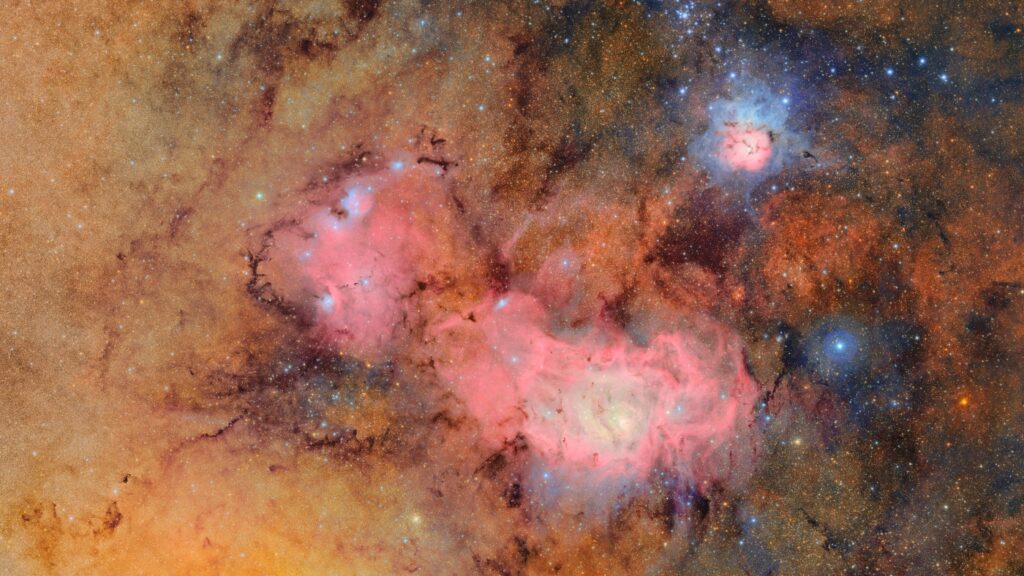The NSF-Doe Vera C. Rubin Observatory is poised to launch its main mission, with test images revealing faint celestial details like the Trifid Nebula and Lagoon Nebula. Constructed with funding from the National Science Foundation and the Department of Energy, this observatory aims to gather extensive data over a decade, focusing on the Southern night sky.
The observatory’s capabilities allow it to capture billions of stars and galaxies, generating around 60 petabytes of data—more than has been recorded in any language throughout history. It is designed to detect millions of changing celestial objects each night, functioning effectively as a “discovery machine.” Notably, during initial test runs, it identified over 2,100 new asteroids.
Equipped with a large telescope and the world’s largest digital camera, the Rubin Observatory uses automated systems to capture and compare images frequently. This unique approach enables it to detect rapid celestial changes and alerts researchers to noteworthy events, facilitating the study of phenomena like supernovae and asteroids. The technology promises to revolutionize astronomy, allowing researchers to sift through vast amounts of data to uncover new insights about the universe.
Source link


